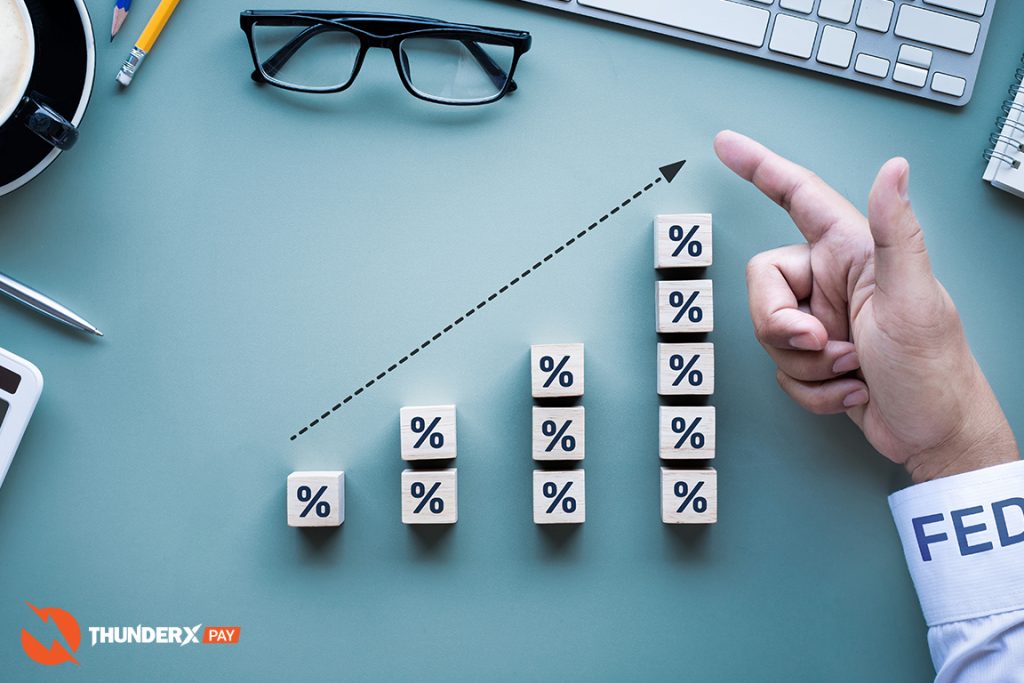At the current FOMC meeting, The Federal Reserve on Wednesday (15/06/2022) raised interest rates by 0.75% which is the largest move it has made since 1994, it was a decision in order to increase the interest rate by 0.75%. In the former time, On May 4, policymakers have been discussed raising short-term interest rates by 0.50% to a target range due to CPI wost than forecasted between 0.75% and 1.00% in a bid to lower inflation.


But a hot inflation report on Friday (10/06/2022), showing the fastest shifting of price increases since 1981, showed little sign of relieving price pressures in the month of May. Combined with other economic data showing the worst reading of consumer confidence since the 1970s, the pessimistic outlook pushed the Fed to entertain the idea of abandoning its prior plan. From the US central bank forecasting, the US also decreased its economic projections for 2022, stoking recessionary fears which is The Fed’s median GDP forecast for 2022 is now 1.7%, down significantly from 2.8% in March. Notably, the Fed does not predict a decrease in inflation this year and sees unemployment rising to 3.7% in 2022, higher than its March prediction.
Inflation remained a pressing concern for Fed officials, which was complicated by the Russian invasion of Ukraine and the pandemic-related shutdowns in China. Both events are leading to disruptions in the global supply chain that have, in part, boosted prices.
The Federal Reserve has a few main goals with respect to the economy:
- To promote maximum employment
- To keep prices stable
- To ensure moderate long-term interest rates


The Fed wants to avoid a recession as well as the chance of stagflation — a situation in which inflation remains high while the economy slows.
However, In the US consumers should prepare for even higher interest rates in the coming months. That higher rate influences the interest paying on everything from credit cards to mortgages to car loans, making borrowing more expensive. On the other hand, it also boosts rates on savings accounts.
The Global Impact



Nonetheless, In situations where US interest rates increase while the dollar appreciates, the exchange rate between developing nations and the US tends to widen. As a result, dollar-denominated debt owed by developing nations increases and becomes unmanageable. Despite the ways in which US interest rates negatively impact the global economy, the higher interest rates in the U.S. can have similar impacts on the global economy, whether by driving up their borrowing costs or increasing the value of the dollar, which makes it more expensive to purchase U.S. goods or more mortgage payments. Jerome Powell, Federal Reserve Chairman, said gaining control of the price increases was essential to economic stability and progress would take time.
Lastly, The Federal Reserve said it would increase its key interest rate by three-quarters of a percentage point to a range of 1.5% to 1.75% which will be discussed next FOMC meeting in July.
Published 16/06/2022
By Ashley Jones

